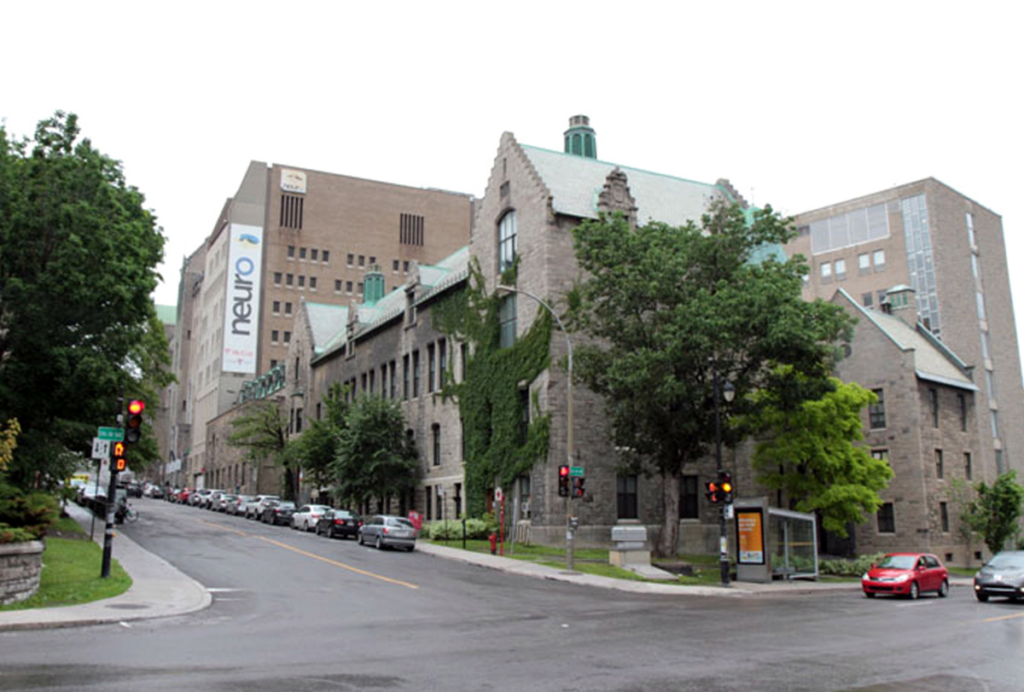Pollutant surprise; monkey clones; researchers rattled and more
Researchers find a surprising link between certain pollutants and reduced autism risk, the world welcomes — and fears — the first primate clones, and new U.S. clinical trial rules reverberate globally.
- Industrial pollutants best known for their use in stain repellents show an unexpected relationship with autism and intellectual disability, researchers reported 2 January in Environmental Health Perspectives. Children exposed prenatally to some of these pollutants have either no increased risk or a reduced risk of autism or intellectual disability.
The investigators measured concentrations of the pollutants, called perfluoroalkyl and polyfluoroalkyl substances, in blood samples taken during pregnancy from the mothers of 1,155 children. Levels of the pollutants in women with children on the spectrum or with intellectual disability were similar to or lower than those of women with neurotypical children.
The inverse link is particularly strong with the two chemicals that occur at the highest concentrations in people, the researchers said. They suggest that some other variable they didn’t measure might have influenced the results.
- SHANK3, a protein that plays a structural role at neuronal junctions, is tied to autism and intellectual disability. DNA sequences that switch SHANK3 production on and off are active in the developing mouse brain, researchers reported 16 January in Science Signaling. After birth, as mice learn tasks, accumulation of chemical tags on these switches affects their regulatory activity. The researchers suggest that because these switches have roles in both embryonic development and learning, they likely are important in neurodevelopmental conditions such as autism.
- The father of modern neuroscience, Santiago Ramón y Cajal (1852-1934), was more than a world-class neuroanatomist. He also was an artist, and naturally his subject was all things neural. Because a New York City museum is featuring some of his drawings, The New York Times published a mesmerizing selection of his handiwork on 18 January.
- China is poised to be a scientific superpower if it doesn’t get in its own way, Nature editors write in a 17 January commentary. Among the country’s growing strengths are a factory devoted to automated, high-resolution brain imaging and a burgeoning artificial intelligence program. But pitfalls await, Nature editors say, including being distracted by “fancy infrastructure,” such as huge, gleaming buildings, to the potential detriment of quality research.
- Using the same techniques applied to create the famous clone Dolly the sheep more than 20 years ago, researchers in China have produced a pair of macaques cloned from the same monkey. The monkeys represent the first-ever cloned primates, raising both research hopes and ethical concerns, The Washington Post reported 24 January. Investigators described their cloning process 24 January in Cell.
The hopes hinge on research applications, because among animal models, these monkeys are our closest relatives. The concerns relate to creating a gateway primate to a cloned human.
“There is no intention for us to apply this method in humans,” Mu-Ming Poo, one of the investigators on the project, told the newspaper. Poo and his colleagues note in their report that their success paves the way toward developing genetically identical animals for studies. Macaques are a popular choice of animal model for autism researchers.
- As autism researchers have sometimes discovered, animal models used to unveil disease pathways and drug targets are not always reliable, with the same strain and study design yielding inconsistent results. An article collection published 11 January in The BMJ characterizes the problem as critical. The commentaries address an “urgent need” to improve all aspects of animal research, from reproducibility to reporting of results, editor-in-chief Fiona Godlee writes in an accompanying editorial.
The problem is “endemic to animal research,” Godlee writes. Commentators call for “a cultural change in which researchers are rewarded for producing valid and reproducible results that are relevant to patients, and for doing justice to the animals being used.”
- Exceptional Minds Studio, which trains and hires artists on the spectrum exclusively, has earned its lightsaber badge. In a 19 January statement, the studio announced a blockbuster credit: visual effects for the latest installment of the Star Wars saga, “Star Wars: The Last Jedi.” In addition to doing cleanup work on shots from the film, studio employees produced the titles that roll at the end.
- A journal is under court order to reveal the peer reviewers on a retracted paper, Retraction Watch reported 19 January. In a defamation case involving the CrossFit exercise brand, the association publishing the Journal of Strength and Conditioning Research must reveal the reviewers’ names to all involved parties, who aren’t supposed to share the information elsewhere.
- Mitochondria, the cell’s energy generators, have their own DNA and proteins, and mitochondrial mutations have been tied to a subset of autism. In addition, some people with both autism and intellectual disability have less mitochondrial DNA than their typically developing counterparts, according to findings published 11 January in Human Molecular Genetics.
- New U.S. federal rules revising the definition of clinical trials have autism researchers on edge. Nine commentaries published 22 January in Nature Human Behaviour reflect how the international research community views these National Institutes of Health (NIH) policy changes. Contributors anticipate a ripple effect on science regulations around the globe, because the NIH is the world’s largest funder of biomedical research.
The changes call for researchers to jump through a number of bureaucratic hoops for studies that previously did not require them. Investigators who work in behavioral sciences may find their work suddenly considered ‘clinical’ under the new definition of that term, meaning that they have to follow registration and reporting requirements for clinical trials.
- Do you have a new paper coming out? Are you making a career move? Did you see a study or news story that you want to share? Send your news tips to [email protected].
Explore more from The Transmitter

Inclusivity committee disbands in protest at Canadian neuroscience institute

